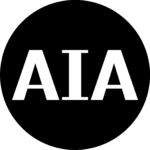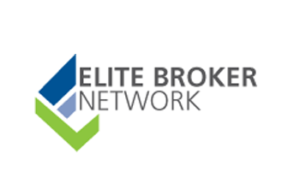As an architect or engineer, it’s important to anticipate potential issues and problems that can—and usually do—arise during the construction phase of a project. As you probably know by now, issues don’t typically arise during the design phase, when you have the most control and the best leverage with the owner. Unfortunately, problems usually happen when you have less control and when other parties try to make their problem, your problem. Fortunately, when you take control of the flow of information on a project and effectively manage your risk exposure, you can actually increase your profitability.
AE firms are often most vulnerable to risk exposure during the construction process because they are the members of the project team with the deepest pockets by virtue of their liability insurance coverage. There is no other insurance product that any other project stakeholder carries that provides coverage for faulty workmanship or additional costs. Therefore, AE firms need to protect themselves against vague contractual and procedural situations during all phases of the project in order to minimize their liability and exposure to risk.
“AE firms are often most vulnerable to risk exposure during the construction process because they are the members of the project team with the deepest pockets by virtue of their liability insurance coverage. There is no other insurance product that any other project stakeholder carries that provides coverage for faulty workmanship or additional costs.” —Steve Whitehorn
There are several ways by which an AE firm can protect itself from certain risk exposures. Of course, concerns about liability and strategies to mitigate risk exposure need to be discussed with the project owner ahead of time—as well as with your professional liability advisor—to ensure high quality and a smooth construction process.
The following steps will show you how to handle the flow of information during the construction process. By controlling the flow of information and communication during construction, you can better control your costs and risk exposure, increase your profitability, and ensure your projects are completed according to your expectations.
TAKE CONTROL OF SUBMITTALS
Submittals are an essential part of every project. However, a mismanaged submittals process can make an otherwise smooth running project a nightmare for AE’s, costing more time and money than budgeted. Take control of submittals by controlling the flow of information by requiring proper format and timely delivery of all submittals.
Typically, the contractor contractually agrees to provide a delivery schedule for all submittals—from diagrams to shop drawings to samples. However, many times firms never receive this schedule, or if they do, the contractor ignores the sequence.
In order for your review to be effective, as well as cost-efficient for your firm, you must enforce the terms of your contract and require that the contractor provide the submittal schedule at the project kick-off meeting. Since the kick-off meeting is about setting expectations, you must insist that the contractor or construction manager deliver a comprehensive submittal schedule with agreed-upon deadlines to review during this meeting. This will ensure that you are able to provide a timely response and that you are not blind-sided by multiple submittals for review within a compressed timeframe.
If you don’t get the schedule on time, then inform all parties at this meeting that you will not sign any requisitions for payment until you get the submittal schedule. Further, refuse to review any submittal unless you have an appropriate submittal schedule in hand.
Be prepared that the owner will likely complain that you are holding up the schedule. Counter this potentially difficult situation by educating the owner up-front during the design phase about your expectations for submittals and document review. Establishing clear expectations from the beginning with all project team members, including the owner, will help the entire project run more smoothly.
MANAGE THE RFI PROCESS
Requests for interpretation (RFI) are another important communication process between contractor and AE. It’s understandable, and preferable, that if the contractor has questions about the plans or project documents that they should seek clarification from you. All too often, this process is mismanaged or, worse, abused.
You can avoid this pitfall by properly managing the RFI process from the start. First, require RFI forms for all RFIs. Use only AIA-approved forms or, better still, create your own forms with the help of your professional liability advisor.
Next, require that all RFIs include proper citations. In other words, require that the contractor indicate where the contractor looked on the documents prior to sending you the RFI; otherwise, the RFI is “non-compliant” and you must reject it. Do not accept any RFIs that are not properly and specifically cited, and reject all un-cited RFIs as non-compliant.
Finally, if you find that any RFI citations are fallacious, or if the number of RFIs is inappropriate or excessive, then you must notify the owner that reviewing and advising on these RFIs will incur additional fees.
Empower your firm by creating a clear set of procedural processes and carefully managing the flow of information at each phase of the project. Employ these strategies and you can not only reduce your risk exposure, but also increase the probability of a successful outcome.


